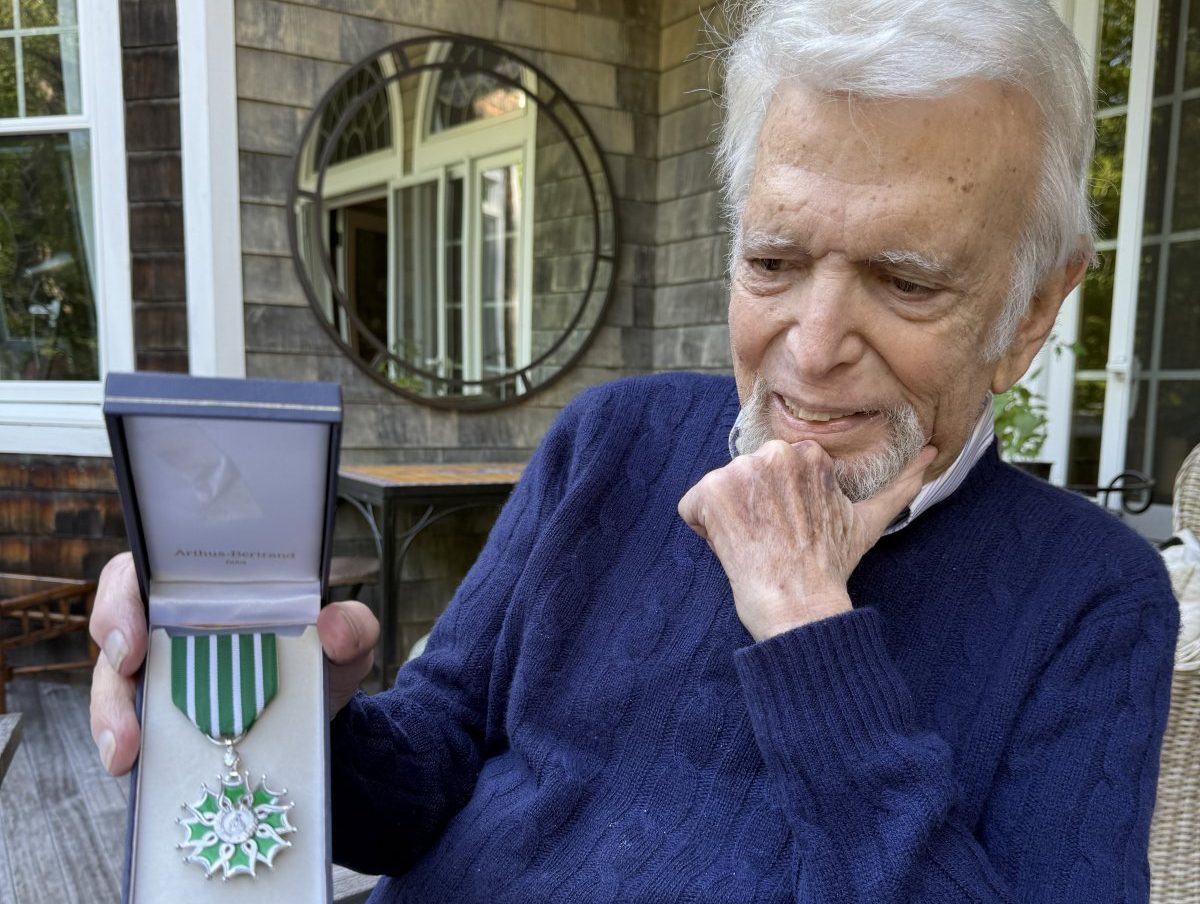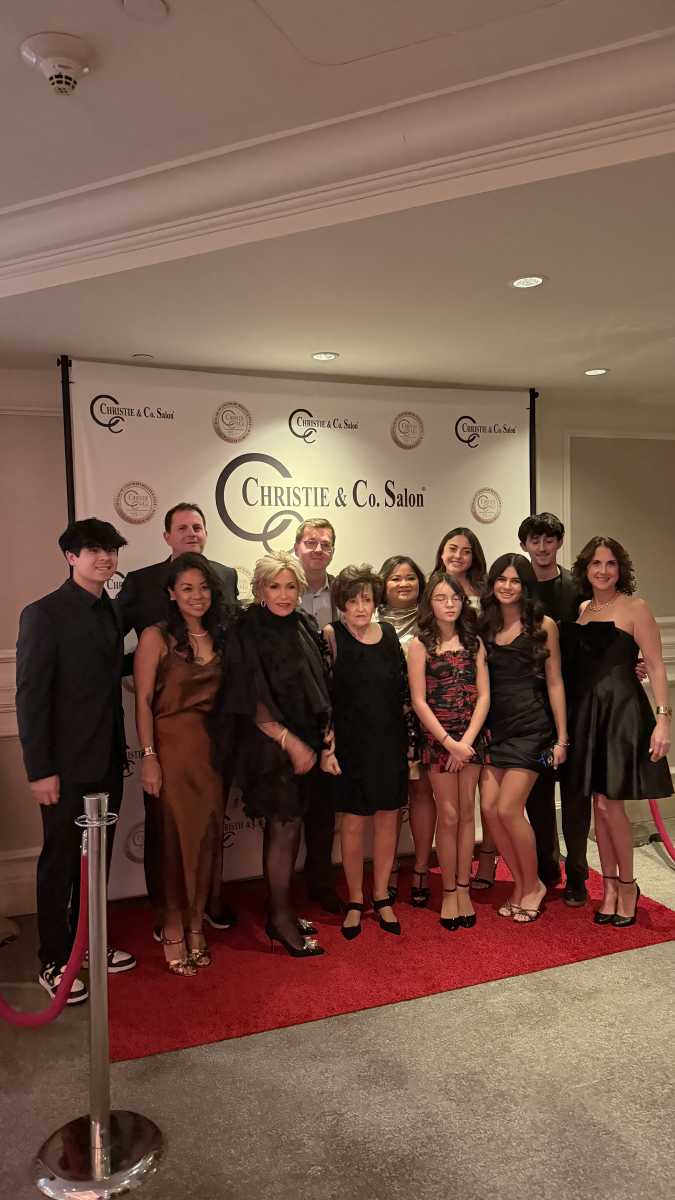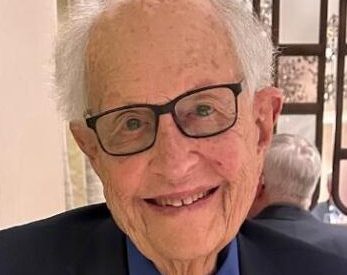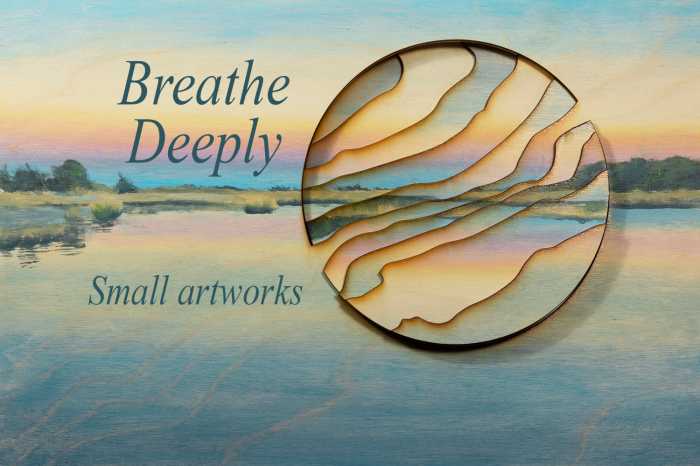Ted Feder: The Knight Who Protects & Serves

Three things in life are important. The first is to be kind. The second is the be kind. And the third is to be kind.
It was his passion that propelled him. In 1968, while a student at Columbia University, Ted Feder was keenly aware of the shameful treatment artists often received in the U.S. Most barely scraped by.
However, in Europe, artist’s intellectual rights and their moral rights were automatically protected. In fact, they frequently received some kind of subvention from their governments.
Enter Ted Feder. Still a student, Feder says he was “fortunate enough,” (I say resourceful enough) to connect with two major European photographic art archives from the 19th century and forward which agreed to be part of Ted’s new organization called Art Resource. Art Resource would now represent those hundreds of thousands of images in North America. All before the widespread use of the computer! One by one, major museums throughout the world, including all New York museums (except the Frick), most London, and all 51 National French museums joined Art Resource. Amazing.
Feder would go on to law school. While there, he expanded Art Resource to establish Artists Rights Society (ARS), which currently strives to defend approximately 122,000 artists and their estates in 41 countries, also begun before the widespread use of the computer. Among the more prominent artists represented are Picasso, Matisse, Miro, Chagall, Dali, Magritte, Calder, Kahlo, O’Keefe, Pollock, Rothko, Warhol and Stella. Fortunate, Ted? Resourceful? You betcha.
Feder’s love of art and architecture led him to establish his office at 65 Bleecker Street in Manhattan, the only building in New York City designed by the often-called father of the modern skyscraper, Louis Sullivan, who designed more than 100 buildings in Chicago after the great fire of 1871.
ARS’s work is never done. In 1994, Feder had to lobby strenuously to convince Congress and President Clinton to remove foreign works of art from the public domain and to recognize their copyrights. Who opposed their removal? Many auction houses, gallerists, museums, and even private collectors who did not want their works copyrighted by artists, fearing this would diminish their proprietary rights. Ted says, “Some formalities still exist today and consequently serve to enlarge the public domain, thereby depriving some American creators of their rights. In the E.U. and most other nations, works are automatically copyrighted at the instant of their creation and have never required formalities to protect their copyrights.
ARS is represented in 41 countries, with the exception of some in the Far East. There is movement for ARS in China and India, but Taiwan, Singapore, and Thailand are not on board.
Ted comments, “If artists rights are violated, ARS sends a formal takedown notice to the illicit user, followed or accompanied by a cease and desist letter. If these do not work, the threat of a suit follows. All but the most recalcitrant comply.
Through ARS, the licensing generates income for the artist and the society.
Feder is a resident of Long Island’s East End, which has a long history of drawing artists to it since the 19th century. Childe Hassam and Winslow Homer often summered there. ARS represents many East End artists including Pollock, de Kooning, Krasner, Mark Rothko, and Andy Warhol. “Warhol left his mark on the East End when 15 acres of his Montauk property were donated to the Nature Conservancy,” says Feder. “It is said that artists were drawn to the East End because of the iridescent light, pastoral vistas, expansive skies, boundless seas, and kindred spirits. I know those factors drew me there. However, these artists did not incorporate these elements into their paintings, but rather submerged and subsumed them in non-representational ways. Perhaps swirling seas are evoked by Pollock, occasional storms by de Kooning, unfurling vistas by Rothko. But gone is Homer’s dictum, “When you paint, paint what you see.” By contrast, the artists I have mentioned in the second half of the 20th century and beyond, painted, with the exception of Warhol, what they envisioned through thought, preconception, and imagination, transcending what they considered mere surface representation.”
Feder’s talented daughter Katerina, who holds a masters from the prestigious Institute of Fine Arts and an MBA from NYU Stern School of Business, and who currently works with him, is his designated successor.
Feder was knighted by the French government and made a “Chevalier dans l’Ordre des Arts et des Lettres” in recognition of his immense accomplishments through ARS. Ted Feder is the guardian in trust of the great treasures of much of the world, looked to as a moral authority and a voice for legal and social justice in the art world.
You cannot exhibit or in any way handle art without coming across the stamp of ARS, the art world’s Good Housekeeping Seal of Approval.
Bravo, Ted Feder.
“The greatest purpose of life is to live it for something that will last longer than you do.” — William James









